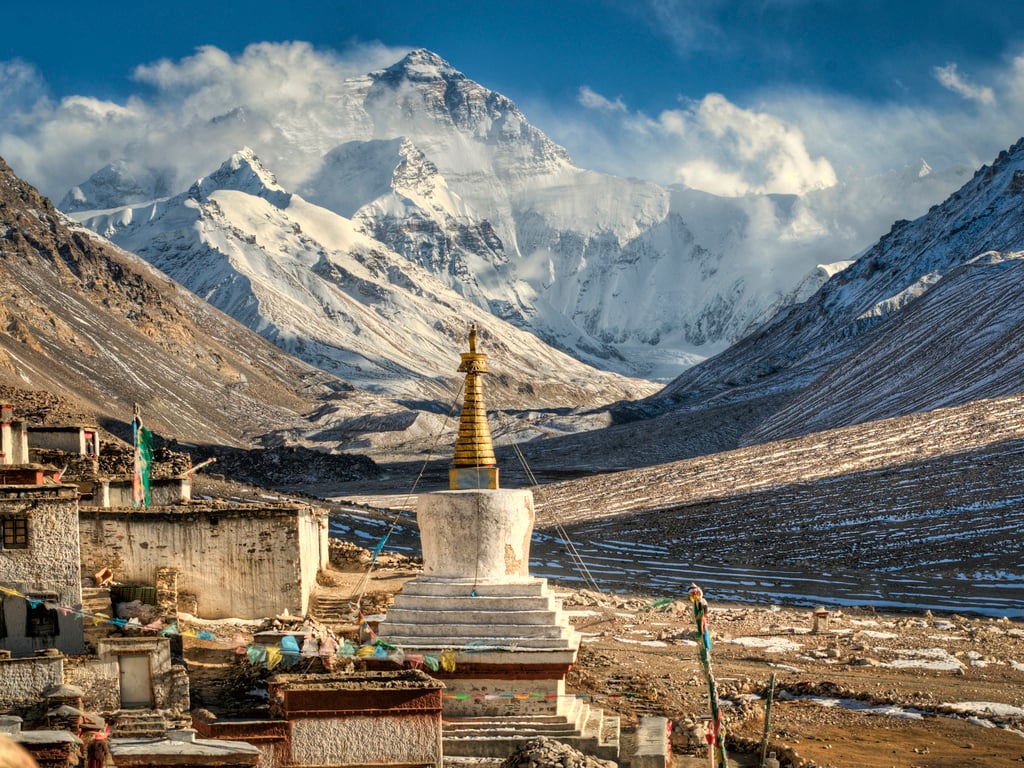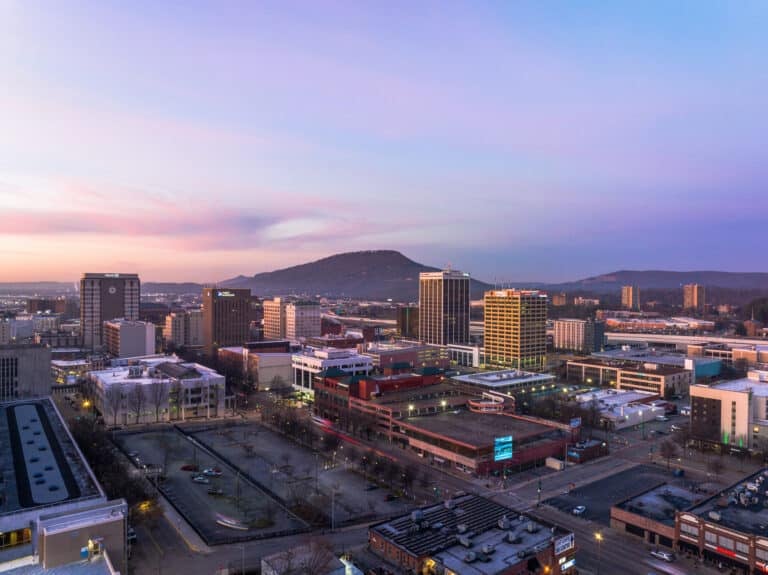Photo Courtesy of Göran Höglund
After a devastating earthquake rattled Nepal on April 25, killing thousands and triggering an avalanche that obliterated an Everest base camp, prominent people within the Mount Everest climbing community have called for a reprieve. Those calls were amplified this week when another powerful earthquake struck the tiny Asian country not far from the epicenter of the original, killing dozens more.
Some of these voices, like that of Mission 14 Founder Nick Cienski, who was present at Base Camp at the time of the avalanche that killed as many as 18 climbers, are requesting that people refrain from tackling Everest for the remainder of the year.
Cienski says that attempting to climb Everest is just too dangerous right now because the mountain is too volatile and unpredictable.
This video shows raw and disturbing footage of the avalanche that killed as many as 17 people at Everest Base Camp.
“The thinking here is that a lot of stuff got shaken, but it didn’t all fall,” he told Jayme Moye for an article published in Men’s Journal. “Whether it falls today, tomorrow, or next month, no one knows. Even though there are not massive avalanches in the Icefall right now, the feeling is that everything is just more teetering than it was.”
Cienski also pointed to those effected in Nepal and said that the efforts of his crew members should be directed at them rather than another summiting of the world’s tallest mountain.
“The pivotal moment came when we learned that our partner organization had suffered damage to their building,” he told Moye. “It was a safe house where women had been rescued from brothels in India. After that, we thought, ‘what are we doing here? We want to climb this based on what?’ It made infinitely more sense to pack it up and get our butts to Kathmandu and help those organizations we’d pledged to help.”
While Cienski calls for a temporary closure of Everest in response to the recent chain of natural disasters, others are pointing to a more permanent solution.
Jan Morris was present at the base of Everest in 1953 when Sir Edmund Hillary and sherpa Tenzing Norway arrived after completing the first ever summit of the 29,000 foot peak. She says that the sanctity of Everest has been compromised since the days of Hillary and Norgay, and believes the mountain should be closed to climbing altogether.
“It (Everest) reminded me of some magnificent wild beast, dressed up for a circus performance or a TV show,” she said, in an article published in the NewStatesman. “And in the course of this display, people lost their lives – Sherpas, climbers and tourists alike – to remind us now and then that it was not all make-believe.”
Morris is not the first to voice such concerns. As the popularity of climbing Everest has increased, so has the amount of garbage strewn about it’s valleys and the corpses of climbers who died trying to make the summit—many of which can never be removed due to limited aerial access. All of this makes you wonder if Jan Morris has a point. Should Everest be closed forever?







